Introduction
This book is an opinionated guide to being a scientist using modern internet-enabledresearch, teaching, publishing, and communication tools. The primary audience for this book is students, postdocs, and faculty members in academic science roles. There are a now a large numberof tools that are available to academic scientists that can speed and improve all aspects ofa scientific career. As with many things, while the future is already here, it is not evenly distributed. I hope this book will smooth that out a little.
In this book I will cover a range of tools that can be used to build a modern scientific career. Many of these tools overlap with the open-science, reproducible research, and scientific communicationcommunities. My goal with this book was not to cater to any one of these specific communities,but to the practicing scientist who wants to take advantage of modern technologies but whose research program may not focus on any specific scientific revolution.
The traditional academic scientist worked on research, submitted papers to peer reviewed journals, reviewed for those same journals, and was judged solely on their research productivity. Research productivity wasusually defined as the number and quality of peer reviewed papers. Few other academic outputs carried muchweight. That is slowly changing. Increasingly, scientific communication, good software, reproducible research,open science, and other non-traditional outputs are being recognized. As this happens, some of the tools and approaches discussed in this book will move from interesting and tangentially useful, to standardand required. But almost none have made that leap so far.
The tools that enable this book to be written have all arisen over the last two decades, with many of the tools becoming available only in the last several years. The nice thing about this rapid technological revolution in academic science is that there are still relatively few codified guidelines for how to use them. Im going to explain some ways I have used the tools, but keep in mind that in every area I will discuss both the technologies and their use is rapidly evolving.
The modern academic scientist develops code in the open, publishes data and code open source, posts preprintsof their academic work, still submits to traditional journals, and reviews for those journals, but may alsowrite blog posts or use social media to critique published work in post-publication review fora. These activitiescan dramatically increase the profile of scientists, particularly junior scientists, if done well. But theirvalue for important career milestones such as promotion and tenure or getting grants, is still often muted or fuzzy.
In this book I will cover a range of topics from writing, to publishing, social media to teaching. In each chapter there are three sections:
- What should I do and why?
- What tools should I use?
- Further tips and issues
The point is to point you toward tools and ideas that will help you keep up with the modern scientific world without getting in your way. I will devote some energy to discussing the potential tradeoffs for junior scientists and ways to leverage increasingly limited time for non-traditional activities into maximum benefit.
There is a quote is from an article in the Chronicle Review. I highly recommend reading the article, particularly check out the section on the authors Uncreative writing class at UPenn. The article is about how there is a trend in literature toward combining/using other peoples words to create new content.
The prominent literary critic Marjorie Perloff has recently begun using the term unoriginal genius to describe this tendency emerging in literature. Her idea is that, because of changes brought on by technology and the Internet, our notion of the geniusa romantic, isolated figureis outdated. An updated notion of genius would have to center around ones mastery of information and its dissemination. Perloff has coined another term, moving information, to signify both the act of pushing language around as well as the act of being emotionally moved by that process. She posits that todays writer resembles more a programmer than a tortured genius, brilliantly conceptualizing, constructing, executing, and maintaining a writing machine.
It is fascinating to see this happening in the world of literature; a similar trend seems to be happening in science. A ton of exciting and interesting work is done by people combining known ideas and tools and applying them to new problems. The modern scientist is creative in a whole new way - opening the doors to a scientific career that few could have envisioned only a few years ago. I hope this book will be a start for you to begin exploring modern science.
Note: Part of this chapter appeared in the Simply Statistics blog post Unoriginal genius.
Paper writing
Writing - what should I do and why?
Write using collaborative software to avoid version control issues.
On almost all modern scientific papers you will have co-authors. The traditional way of handling this was to create a single working document and pass it around. Unfortunately this system always results in a long collection of versions of a manuscript, which are often hard to distinguish and definitely hard to synthesize.
An alternative approach is to use formal version control systems like Git and Github. However, the overhead for using these systems can be pretty heavy for paper authoring. They also requireall parties participating in the writing of the paper to be familiar with version control and the command line. Alternative paper authoring tools are now available that provide some of the advantages of version control without the major overhead involvedin using base version control systems.

The usual result of file naming by a group (image via https://xkcd.com/1459/)
Make figures the focus of your writing
Once you have a set of results and are ready to start writing up the paper the first thing is not to write. The first thing you should do is create a set of 1-10 publication-quality plots with 3-4 as the central focus (see Chapter 10 here for more information on how to make plots). Show these to someone you trust to make sure they get your story before proceeding. Your writing should then be focused around explaining the story of those plots to your audience. Many people, when reading papers, read the title, the abstract, and then usually jump to the figures. If your figures tell the whole story you will dramatically increase your audience. It also helps you to clarify what you are writing about.


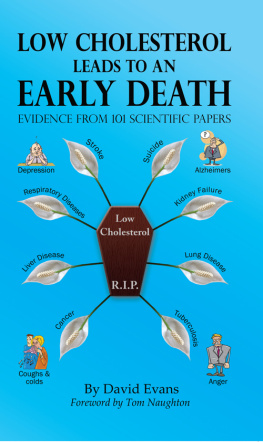
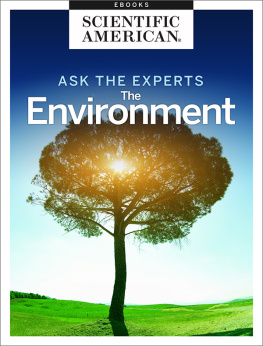

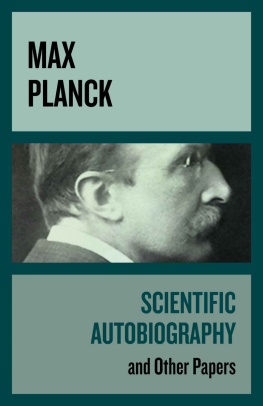

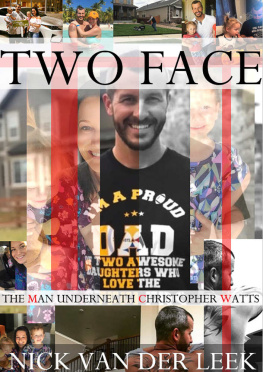
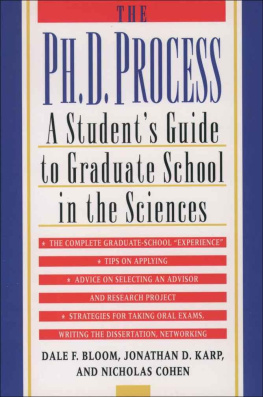
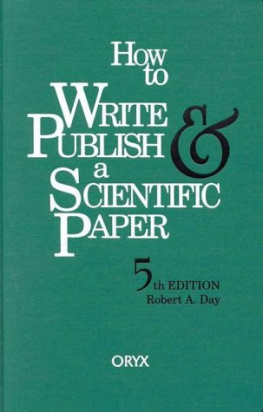



 The usual result of file naming by a group (image via https://xkcd.com/1459/)
The usual result of file naming by a group (image via https://xkcd.com/1459/)